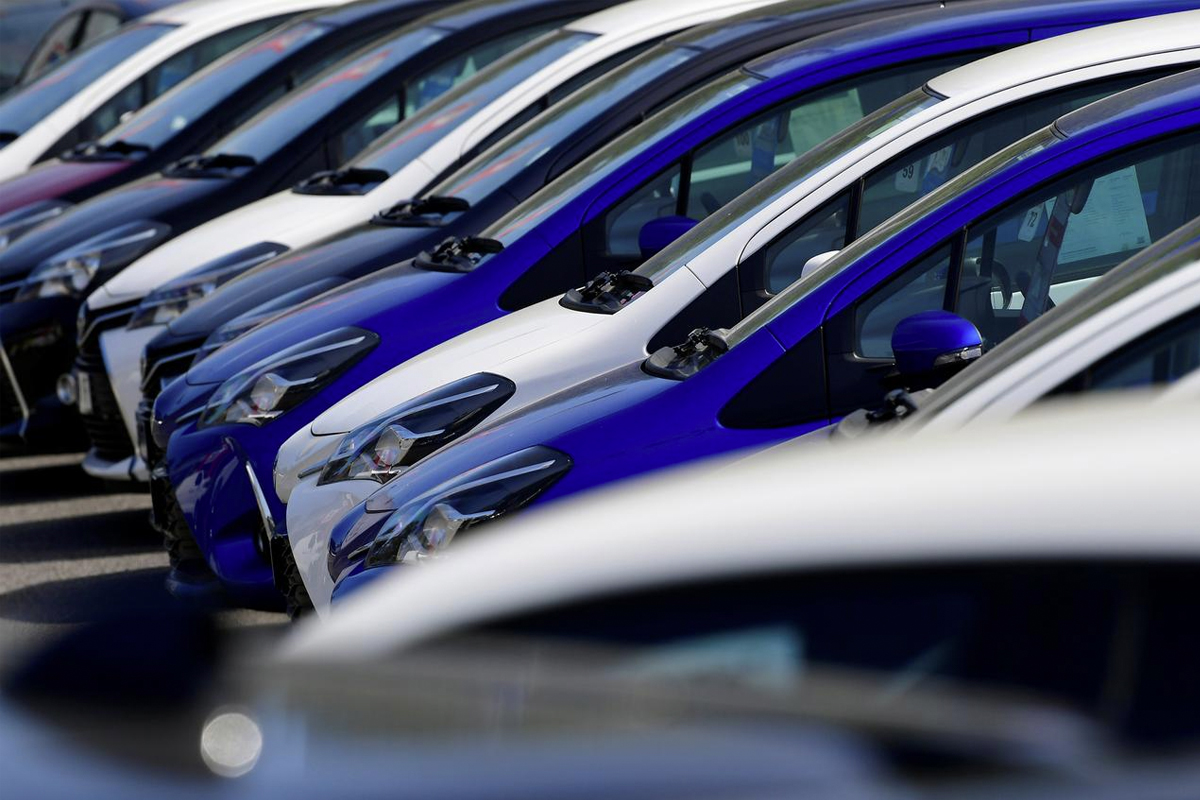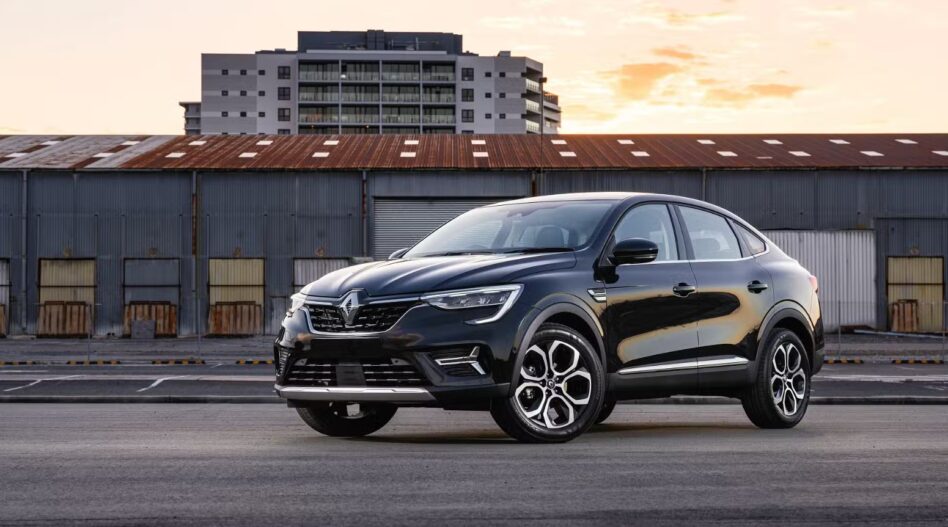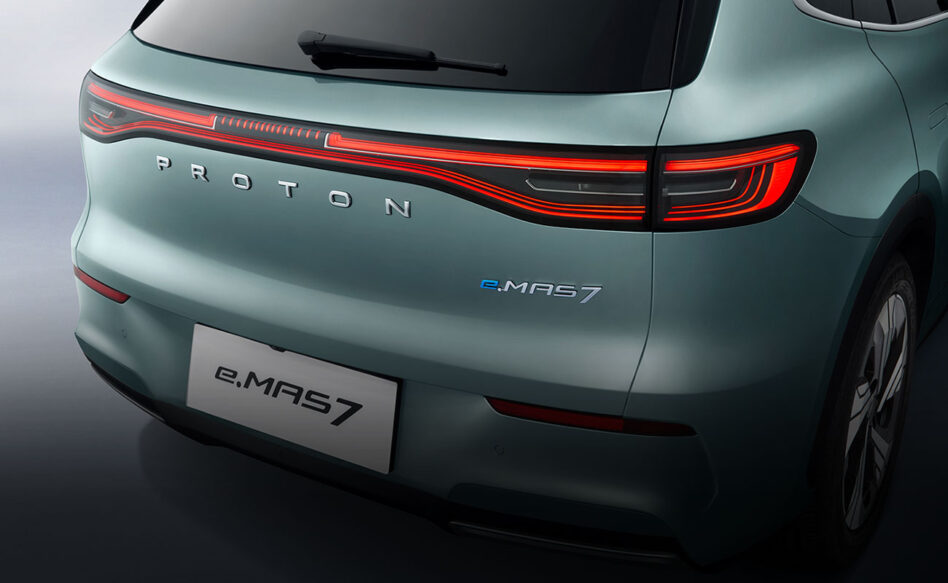
IN normal relationships, you can be torn between two lovers. This happens when you want to be with the second, but feel guilty about leaving the first, and may stay out of guilt, not love.
However, those planning to buy a car and considering all the options available may find themselves in a predicament, as they could be torn between three lovers.
The first is sexy with sleek designs, loaded with hi-tech, hi-specs and features to deliver unrivalled performance, safety and comfort. They are European cars, known for luxury and prices to match.
Other than ultra-expensive brands, the flagship Mercedes-Benz S-Class has long been held as the most premium car in Malaysia. But its resale value after 10 years can be jaw-dropping low and is generally true for all European cars, more so for larger models.
Buyers who do not wish to suffer the greatest losses when disposing off their cars later would avoid European cars.
Those expecting great bargains by buying relatively cheap used European models would be exasperated each time their cars break down or require exorbitant repairs.

Undoubtedly, there is a price to pay for vanity. There is always a trade-off and life will eventually balance itself. Meanwhile, those who drive expensive cars look ridiculous when patronising cheap joints and seen as cheapskates.
Moving about in a luxury car and masquerading as someone rich and powerful is certainly great for the ego. But the price to pay is high for those who cannot afford it, as the money saved buying a more affordable car would provide a better quality of life without being pretentious.
The second lovers are Japanese cars and Malaysian brands. When I was an assessor for tourist guide exams on board a tour bus and candidates were required to comment on what they could see, there would always be a trainee who would point out a ‘national’ car on the road.
After all have taken their tests, assessors were required to provide some feedback, including correcting errors made by the candidates before trainees accept them as truths. I would point out that tourists will be wondering when did National (Panasonic) manufacture cars.
Proton and Perodua may be called Malaysian cars, just like there are German, French, Japanese and Korean cars.
But in reality, they were actually Japanese models but rebadged as Proton or Perodua, and in recent years Chinese cars, as in the case of Proton X50, X70, X90 and S70.
Hence, Japanese and Malaysian cars can be placed in the same group, as they are the most reliable and command the highest resale value. Aside from relatively lower price, losses suffered by owners when disposing off the cars later would be minimal, particularly the cheaper models.
As such, their used cars prices would not plunge by a huge percentage as compared to European models, but their maintenance costs would be low and chances of breakdowns rare. They are great for running about and can be used for decades if well maintained and handled with care.
Unlike sexy European cars that are more like mistresses and expensive to maintain, Japanese and Malaysian cars are more like trusty wives, always there for you. Nevertheless, the third lover is looming in the horizon and they are electric cars.
To the uninitiated, they could be like aliens from outer space or robots in the form of a sex doll, all powered by electricity without the warmth of an internal combustion engine (ICE).
At an American gas station, the driver may tell the pump attendant to ‘fill her up’, meaning to fill the petrol or diesel tank to maximum capacity. But like handphones, electric cars need charging before the battery is depleted, either at home or public charging stations, or battery swapped.
ICE can be high-powered using large naturally aspirated engines, or smaller units with forced induction mainly through turbo-charging, to achieve exhilarating acceleration. But high-end electric vehicles can go even faster and their performance is nothing short of electrifying.

And so too had been their rate of development, as they are rapidly superseded by new models equipped with the latest technology. Here, manufacturers face the fiercest competition and a model may be the darling today but overshadowed tomorrow.
So, it is not just the matter of buying a battery electric vehicle (BEV) such as the Proton e.MAS 7, rebadged from Geely Galaxy E5, but also which make and model to choose from.
Those who cannot overcome the phobia of being stranded when a battery goes totally flat may opt for plug-in hybrid electric vehicles (PHEVs) or hybrid electric vehicles (HEVs).
PHEVs are fitted with a relatively small ICE and the battery can be recharged by plugging in using electric power from an external source. HEVs are also fitted with a small ICE and the battery can only be recharged by the vehicle’s regenerative braking system and the engine.
PHEVs are more expensive because of larger batteries but it costs less to run on electric power. With smaller batteries, HEVs are cheaper but cost more than ICE cars. However, the former delivers better fuel economy than the latter.
In summary, everything balances up, whether one chooses a prestigious used European model over a new Japanese (including Malaysian) car or take a leap of faith and opt for a trailblazing electric vehicle that may be a BEV, PHEV or HEV.
In any case, when choosing the most perfect match, one can be torn between three lovers before finally picking only one, unless, of course, you can afford all three.
YS Chan is master trainer for Mesra Malaysia and Travel and Tours Enhancement Course and an Asean Tourism Master Trainer. He is also a tourism and transport business consultant.
The views expressed are solely of the author and do not necessarily reflect those of MMKtT.
- Focus Malaysia.



No comments:
Post a Comment
Note: Only a member of this blog may post a comment.